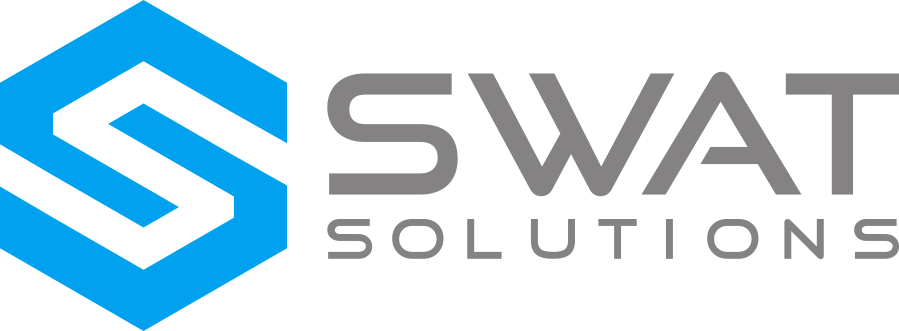DevOps Days Minneapolis 2017 was, by all counts, a pretty incredible event. 800 people gathered to nerd out on DevOps strategy, culture, technology, and share together in a rich community of likeminded individuals all coming together to move their companies forward into the future that is DevOps.
As with all events, patterns emerge. Based on content from speakers, conversations, vendors, and more we have compiled a few observations from the conference and trends in the industry.
Strategy
It’s good to have a plan. Especially when you are transforming your technology ecosystem. The migration to DevOps takes a lot of work, collaboration, communication, and transparency. Build your DevOps architecture on a solid foundation by taking the time to evaluate current state, understand the ideal state and building a strategy and road map to getting there.
Document
Make Devops as Transparent as possible from a technical perspective. Just use it, but the way to use it is fully documented.
DevOps Empowers Development
While DevOps helps organizations in many ways, its ability to empower developers to work faster, focus on higher level tasks, and own more of the development pipeline are key benefits. It also empowers quality by providing automation.
Automate as Much as possible – Infrastructure code to app code
One of the core pillars of DevOps is automation. From application code to testing to infrastructure, there is much that can now be automated. Start by identifying redundant, simple tasks that can be automated, build a process and framework for doing so, and build it into the release pipeline and the culture.
Continuous Testing – as much as possible all the time
One of the key benefits of automation is the ability to test regularly. Teams are no longer bound by weeks of regression testing. Built into the pipeline, test automation allows testing to be done in hours, not weeks. Folks at the conference were not only talking about test automation strategies and how it integrates with DevOps, but manual, coverage, and UAT strategies. Testing is clearly a very important topic among DevOps teams.
Instrument everything
Another pillar of DevOps is Measurement. This creates a window into everything that is going on – from test automation results to system health to recovery time and more, measurement informs teams to be more efficient.
Security
Security was a big topic at the conference. While automation and infrastructure are changing, so too is security. It is important to have security involved as part of the overall DevOps strategy.
Collaborate – Integrate tools such as Jira and SLACK
At the core of DevOps is culture. Tools such as Jira and Slack are changing the way teams collaborate and communicate. Communication tools are critical to both the sharing and culture pillars of DevOps.
Wanna be in DevOps – Know these things – Bryan Liles – https://speakerdeck.com/bryanl/devops-days-msp-2017
- Linux
- Bash
- How networking works
- Docker
- IPVS
- How system services work
- Tools of the space
- JQ -> JSON
- Netstack
- Empathy
- Continuous Integration
- Continuous Deployment
- Long term trends
- Monitoring
- Time-based comparisons
- Alerts
- Visibility – Share what you need to – not anything else
- Logging
- Symantic logging
For anyone who missed DevOps days, it is a highly recommended conference full of great conversations, people, and progress. See you at DevOps Days 2018.


